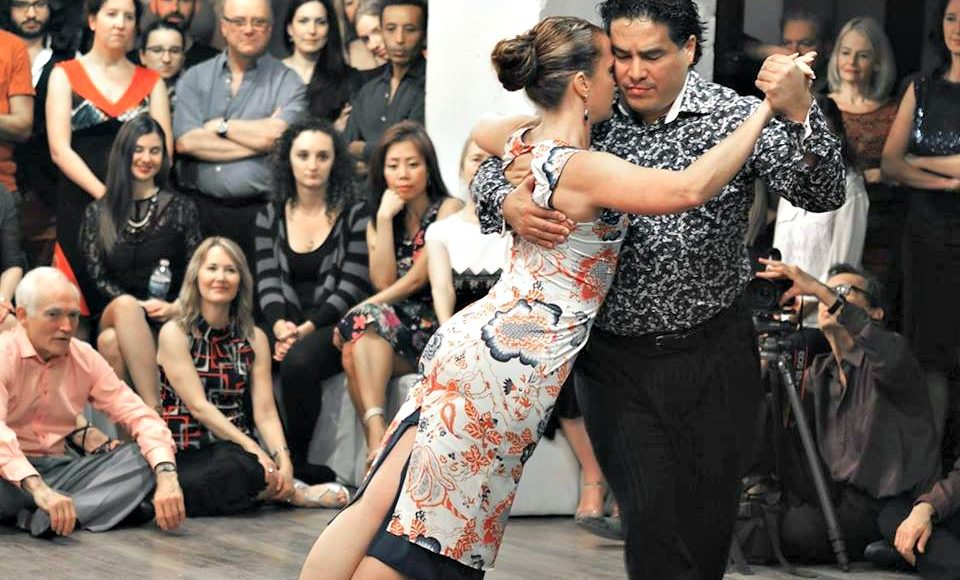It was doomed love that brought Wolfgang Mercado-Alatrista to Canada.
Born in Argentina, Mercado-Alatrista had to move to Peru with his family to escape the right-wing military dictatorship when he was still a young child.
It was there in Peru that he met a Canadian woman who eventually brought him to Canada.
“I met this Quebecker girl in Peru,” says Mercado-Alatrista, speaking over the din of exercise equipment reverberating in his small office at the YMCA in downtown Montreal (full disclosure: Wolf, as he is known to his students is my tango instructor).
“She was doing an internship in tropical medicine. We met there and then I decided to come here to meet her family and finally I stayed.”
In Peru Mercado-Alatrista was studying architecture and accounting, but here in Canada his focus changed.
“I did a lot of sports back in South America,” says Mercado-Alatrista. “I did triathlons, I did a lot of track-and-field, soccer as well, that’s one of the reasons that now I’m still doing sports.”
In fact, it was a soccer injury that nudged Mercado-Alatrista to pursue studies in kinesiology and eventually become a fitness instructor, who among other things specializes in corrective conditioning.
Tango for life
Then there was his love of tango.
“I was a dancer ever since I was born,” says Mercado-Alatrista. “My mom was a dance teacher, not tango but she did Spanish dances and she danced tango with my dad but just for pleasure at home, and at events and parties.”
The love of tango outlasted his first marriage and introduced him to his current wife and the mother of his two children.
Mercado-Alatrista and his wife, Andrea Shepherd, now run one of Montreal’s best-known tango schools, MonTango.
Teaching tango is like seeing one’s children grow, says Mercado-Alatrista.
“It’s like a family, it’s like they were kids when somebody starts to dance tango,” says Mercado-Alatrista. “It’s like you’re taking them by the hand until they start to walk and then learn how to dance, how to share the movement with the partner.”
At the same time teaching tango is an enriching exchange, says Mercado-Alatrista.
Teaching tango also provides unique insights into subtle cultural differences between his Canadian-born students and immigrants of various backgrounds, says Mercado-Alatrista.
“One would be the fact that normally here, people in North America, more specifically in Canada, they’re not used to dancing especially in couples with somebody else,” says Mercado-Alatrista. “People who come from other places in general, yes this is the case – the Middle East, Asia, Latin America – they are used to dancing in couples.”
Rooted in the culture and the experience of Argentina’s early immigration tango has become a universal language even for those of its adherents who do not understand the lyrics of its songs.
“We can express how we are feeling through the music,” says Mercado-Alatrista. “It could be happiness, it could be sadness…. In Argentina, in the past, people were saying that somebody who didn’t suffer cannot understand tango.”









